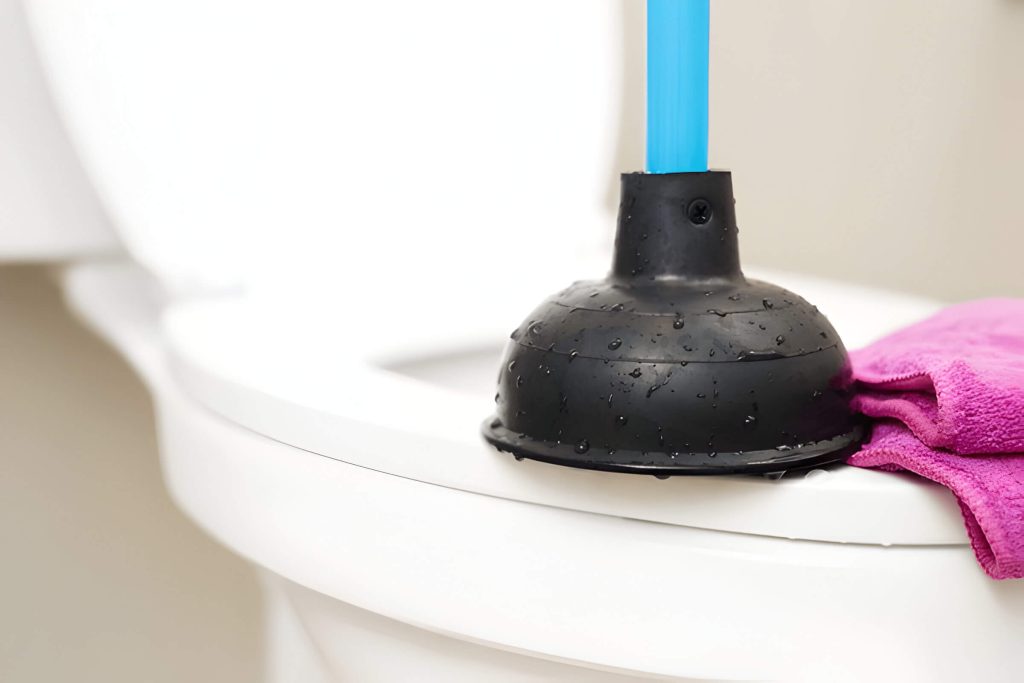Brewing the perfect Americano at home is simple. Combining robust espresso with hot water creates a rich, mild beverage. This guide covers essential ingredients, equipment, brewing steps, and troubleshooting tips to elevate your Americano coffee.
What is an Americano Coffee?
An Americano coffee, also known as an espresso Americano, is a popular coffee type that offers a unique and distinct flavor profile. The drink is made by diluting a shot of espresso with hot water, resulting in a beverage that has the strength and robust flavors of an espresso but with a smoother, less intense taste.
The origins of the Americano coffee are often traced back to World War II when American soldiers stationed in Europe found traditional Italian espresso too strong for their palates. To make it more palatable, they added hot water to the espresso, creating what we now know as an Americano.
One of the key characteristics that sets an Americano apart from other coffee types is its versatility. The ratio of espresso to water can be adjusted according to personal preference, allowing for variations in strength and flavor. This makes it an ideal choice for those who enjoy the rich taste of espresso but prefer a less concentrated beverage.
The Essential Ingredients and Equipment for Making an Americano
Making a perfect Americano requires not only the right technique but also the essential ingredients and equipment. Understanding these components can elevate your coffee-making experience and ensure you enjoy a rich, flavorful cup every time.
First and foremost, selecting the best coffee beans for an Americano is crucial. Opt for high-quality, freshly roasted beans that boast a balanced profile. Medium to dark roasts are often preferred as they provide a robust flavor that stands up well when diluted with water.
Next, an espresso machine is indispensable for making an authentic Americano. This machine allows you to extract a concentrated shot of espresso, which forms the base of your drink. Investing in a reliable espresso machine with consistent pressure and temperature control will significantly enhance your coffee quality.
Equally important is a hot water dispenser or kettle to add hot water to the espresso shot. The ideal ratio is typically one part espresso to two parts hot water, although this can be adjusted according to personal preference.
Finally, don’t overlook the importance of a good coffee grinder. Freshly ground beans are essential for achieving optimal flavor extraction. A burr grinder is recommended over blade grinders as it provides a more uniform grind size, which contributes to better-tasting espresso shots.
By combining these essential ingredients and equipment, you can master the art of making an exceptional Americano at home.
Step-by-Step Guide to Brewing the Perfect Americano at Home

Brewing the perfect Americano at home is a rewarding experience that combines precision and simplicity. Here’s a step-by-step guide to help you master this classic coffee drink.
Step 1. Preparing the Espresso
The foundation of a great Americano lies in pulling the perfect espresso shot. Begin by grinding fresh coffee beans to a fine consistency, suitable for espresso. Use approximately 18-20 grams of coffee for a double shot. Tamp the grounds evenly in your portafilter and lock it into your espresso machine.
Step 2. Pulling the Espresso Shot
Start your espresso machine and pull a double shot, aiming for an extraction time of around 25-30 seconds. This ensures that you capture the rich flavors and aromatic oils essential for a quality espresso base.
Step 3. Adding Hot Water
Once you have your perfect espresso shot, it’s time to transform it into an Americano by adding hot water. The standard ratio is one part espresso to two parts hot water, but this can be adjusted based on personal preference. Boil fresh water and let it cool slightly before pouring; this prevents scorching the delicate flavors of the espresso.
Step 4. Combining Espresso and Water
Pour the hot water into your cup first, followed by slowly adding the freshly brewed espresso on top. This method helps preserve the crema—the golden layer of foam that sits on top of an excellent shot—resulting in a visually appealing Americano with balanced flavor.
By following these simple steps, you’ll be able to enjoy a perfectly brewed Americano right from your home kitchen, capturing all its robust yet smooth characteristics every time you make one.
Troubleshooting Common Issues in Brewing Americano Coffee
Brewing the perfect Americano can sometimes feel like a delicate balancing act. From bitterness to weakness, several factors can affect your final cup. Here are some troubleshooting tips to help you address common issues:
1. Bitter Coffee Fix: If your Americano tastes overly bitter, it could be due to over-extraction. This often happens when the espresso shot is pulled for too long or the grind size is too fine. Try adjusting your grind coarser and ensure you’re pulling shots within the recommended time frame (usually 25-30 seconds).
2. Weak Americano Solutions: A weak Americano usually results from under-extraction or using too much water in proportion to the espresso shot. Make sure you’re using fresh, high-quality beans and an appropriate grind size for a balanced extraction. Additionally, experiment with reducing the amount of added hot water until you find a strength that suits your taste.
3. Crema Problems in Espresso: The crema is an essential component of a good espresso shot, contributing both flavor and texture to your Americano. If you’re experiencing issues with crema formation, it might be due to stale coffee beans or incorrect tamping pressure during preparation. Always use freshly roasted beans and apply consistent pressure when tamping.
By addressing these common problems with targeted solutions, you can significantly improve the quality of your Americano coffee and enjoy a more satisfying brew every time.
Expert Tips for Enhancing Your Homemade Americano Experience
For coffee enthusiasts looking to elevate their homemade Americano experience, a few expert tips can significantly enhance the flavor and enjoyment of this classic beverage. Here are some strategies for improving the taste of your Americano and adding exciting flavor enhancements to your coffee drinks.
1. Quality Beans Matter: Start with high-quality, freshly roasted coffee beans. The foundation of any great Americano is the espresso, so investing in premium beans will ensure a richer and more complex flavor profile.
2. Proper Grinding: Use a burr grinder to achieve a consistent grind size suitable for espresso. A uniform grind will help extract the optimal flavors from your beans, resulting in a smoother and more balanced Americano.
3. Water Quality: The water you use can greatly affect the taste of your coffee. Filtered water free from impurities will highlight the natural flavors of the espresso without introducing any unwanted tastes.
4. Temperature Control: For an ideal Americano, it’s crucial to maintain proper water temperature when brewing your espresso and diluting it with hot water. Aim for water around 200°F (93°C) for brewing and slightly cooler for dilution to avoid scalding or bitter notes.
5. Flavor Enhancements: Experiment with subtle additions like a dash of cinnamon, nutmeg, or cocoa powder to add depth without overpowering the natural taste of your coffee drink. For those who enjoy sweetness, consider using natural sweeteners like honey or agave syrup instead of refined sugar.
6. Serving Suggestions: Serve your Americano in pre-warmed cups to maintain its temperature longer and enhance its aroma upon serving. Pairing it with complementary snacks such as biscotti or dark chocolate can also elevate your overall experience.
By focusing on these elements, you’ll be well on your way to crafting an exceptional homemade Americano that rivals even those from your favorite café.
The Health Benefits of Drinking Americano Coffee
Drinking an Americano coffee, a popular low-calorie coffee option, offers numerous health benefits that go beyond its rich and robust flavor. One of the primary benefits of drinking black coffee, such as an Americano, is its potential to boost mental alertness and concentration. The caffeine content in an Americano can help improve cognitive function by stimulating the central nervous system, making it a great choice for those needing a mental pick-me-up.
Moreover, the health benefits of americanos extend to weight management. Since an Americano is typically made without added sugars or creams, it remains a low-calorie beverage that can fit seamlessly into most diet plans. This makes it an excellent option for individuals looking to reduce their calorie intake while still enjoying their daily cup of coffee.
Additionally, drinking black coffee has been linked to various long-term health advantages. For instance, regular consumption has been associated with a lower risk of certain diseases such as Parkinson’s and Alzheimer’s due to its high antioxidant content. These antioxidants help combat oxidative stress and inflammation in the body.
Elevate Your Morning Routine with the Perfect Homemade Americano Coffee
Incorporating a homemade Americano coffee into your morning routine can transform the start of your day. With its rich flavor and simplicity, this classic espresso-based drink offers a perfect balance of strength and smoothness. By mastering the art of making an Americano at home, you not only save time and money but also gain control over every aspect of your brew—from the quality of beans to the water temperature.
To create your perfect Americano, begin with freshly ground high-quality coffee beans. Use an espresso machine or a stovetop espresso maker to brew a robust shot of espresso. Then, dilute it with hot water to achieve your desired strength. The traditional ratio is one part espresso to two parts water, but feel free to adjust according to taste.
Experimenting with different types of beans and roast levels can further enhance your experience, allowing you to discover new flavors and aromas that suit your palate. Additionally, consider investing in a good grinder and maintaining consistent brewing practices for optimal results.
By taking these steps, you can elevate not just your morning routine but also your appreciation for coffee as an art form. So next time you’re craving that perfect cup, skip the café line and enjoy crafting a delicious homemade Americano right in the comfort of your own kitchen.



















